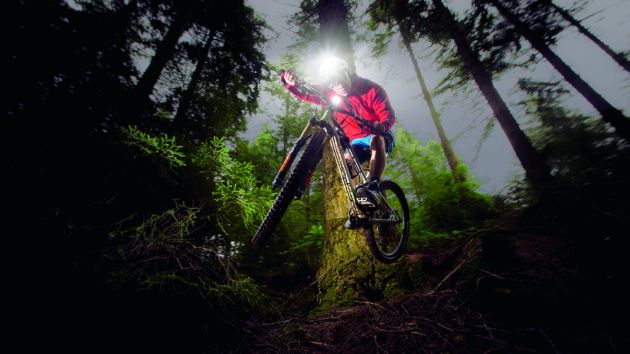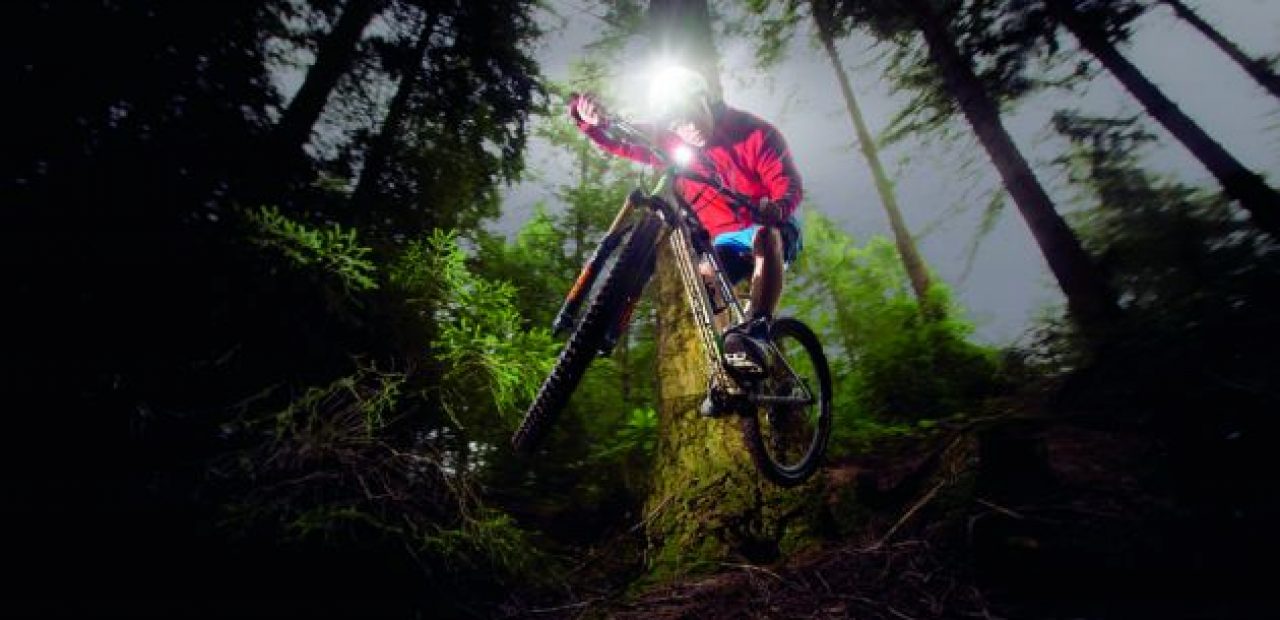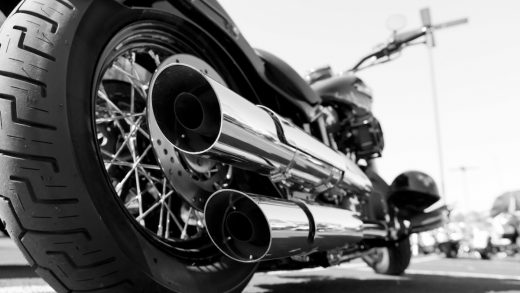Mountain Bike Lights: The Link for Optimal Mountain Riding Experience
If biking is part of your lifestyle, particularly having mountain biking as a hobby, you’ve probably had your share of bike shopping and then upgrades of certain features, constantly looking for the means that would improve your biking adventures. Though we may be prone to paying more attention to the components, in the likes of frames, and hardtails, it’s important to equally start paying the much deserved attention to lights as well.
If you’re at one with your bike, conquering trails and hills, then you’re familiar with how fast time passes by: one minute you’re biking in broad daylight, next you find yourself headed back home at twilight already.
Making your way in pitch black is certainly no fun business, simply said you put your life through risk. A steep and troublesome descent requires the reliable lights to provide enough brightness and light the way ahead. With the vast range of lights for mountain bikes, certainly brightness isn’t the only feature you’d like to consider, but rather take power, beam type and battery life into consideration as well.
Basically the amount of brightness you need depends on the type of mountain biking you do; if you’re up for cruise climbing at more technical trails, you’re in need of a brighter light but though its brightness would be working full speed you’d have time to save on battery and power which isn’t the case with mixed trails and wide dirt paths, and in this aspect being in the need of lights for mountain bikes that are bright enough and work continuously, you’d be better off choosing them by letting battery life be your guide.
Using the latest technology, you can save on batteries and make an eco-friendly choice by opting for the rechargeable battery lights – mind you, they require the responsibility of charging them accordingly. With some it may be 2 hours, with others more than 10, so charge as much as necessary so you don’t end up without a light source midway your biking adventure. To be able to make the most of a battery and know you can rely on it in times of need, make sure the one you buy has an indicator of the rationing power so you can always check remaining run time.
The power, indicated in amount of lumens, is connected with the beam type. The slower the ride and the more technical the terrain would make use of a wider beam, as for riding through foggy conditions, you can never have too much power. When it comes to faster rides, you could do well with a narrow beam, something the helmet light could provide. Since latest technology is ingrained in the spirit of mountain biking, you can be sure lights you’d find nowadays are all updated, mostly using the power and quality of LEDs – the super-efficient bulbs.
As long as you get LEDs, you can bet on durability, and you wouldn’t have to look that much into lumens either because most types of riding through the mountain terrains are perfect with somewhere from 400 up to 1000 lumens. We hope this article helps make purchasing quality mountain bike lights a must for optimal experience.

















